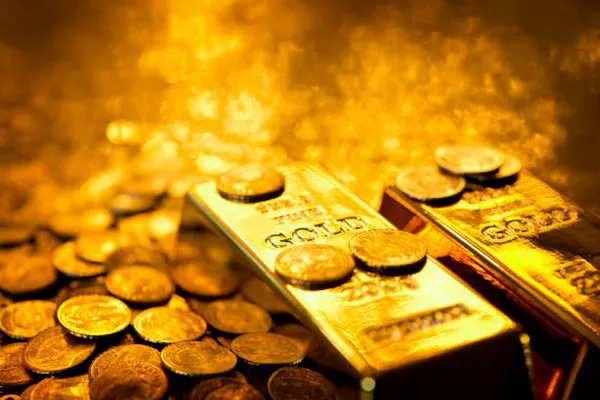The gold-silver ratio serves as a fundamental metric for precious metals investors, offering valuable insights into the relative pricing of gold and silver at any given time. At its core, this ratio quantifies how many ounces of silver are required to purchase one ounce of gold, based on the prevailing spot prices of both metals.
As of the time of writing, the gold-silver ratio stands slightly above 87-1, indicating that approximately 87 ounces of silver are needed to acquire one ounce of gold. By examining historical trends in this ratio, investors can glean important implications for the pricing dynamics of both gold and silver.
Historical Context and Significance
Historically, geologists estimate that there are roughly 19 to 20 ounces of silver in the Earth’s crust for every ounce of gold, suggesting a natural starting point for a gold-silver ratio of around 20-1. However, factors such as annual production volumes and governmental interventions have influenced this ratio throughout history.
Governments have historically set gold-silver ratios to regulate the value of their coinage. For instance, ancient civilizations like Ancient Egypt and Rome established fixed ratios, with fluctuations occurring as gold and silver reserves shifted due to conquests and economic developments.
In the United States, the Coinage Act of 1792 fixed the gold-silver ratio at 15-1, aligning with similar ratios set by other nations like France. However, the mid-19th century saw a transition away from bi-metallic monetary systems towards gold standards, leading to the demonetization of silver and the subsequent floating of the gold-silver ratio.
Modern Trends and Implications
In the modern era, the gold-silver ratio has fluctuated between 40-1 and 60-1 on average. Since the abandonment of the gold standard in 1972, there has been a notable correlation between the gold-silver ratio and central bank monetary policies.
During periods of extensive money creation by central banks, such as during the COVID-19 pandemic, the gold-silver ratio tends to contract. Conversely, attempts by central banks to tighten monetary policy often result in the widening of this ratio.
Investment Implications
When the gold-silver ratio deviates significantly from historical averages, it may signal opportunities for savvy investors. Historically, periods of elevated ratios have often preceded bull runs in silver prices, with silver outperforming gold.
For example, the record-setting gold-silver ratio of 123-1 during the height of the COVID-19 pandemic eventually contracted to around 60-1 as central banks ramped up money creation efforts. Similarly, the ratio fell to 30-1 in 2011 after reaching over 80-1 during the aftermath of the 2008 financial crisis.
While the gold-silver ratio is just one of many factors influencing precious metals prices, its historical significance and correlation with central bank policies make it a valuable tool for projecting silver price movements and informing investment decisions.


